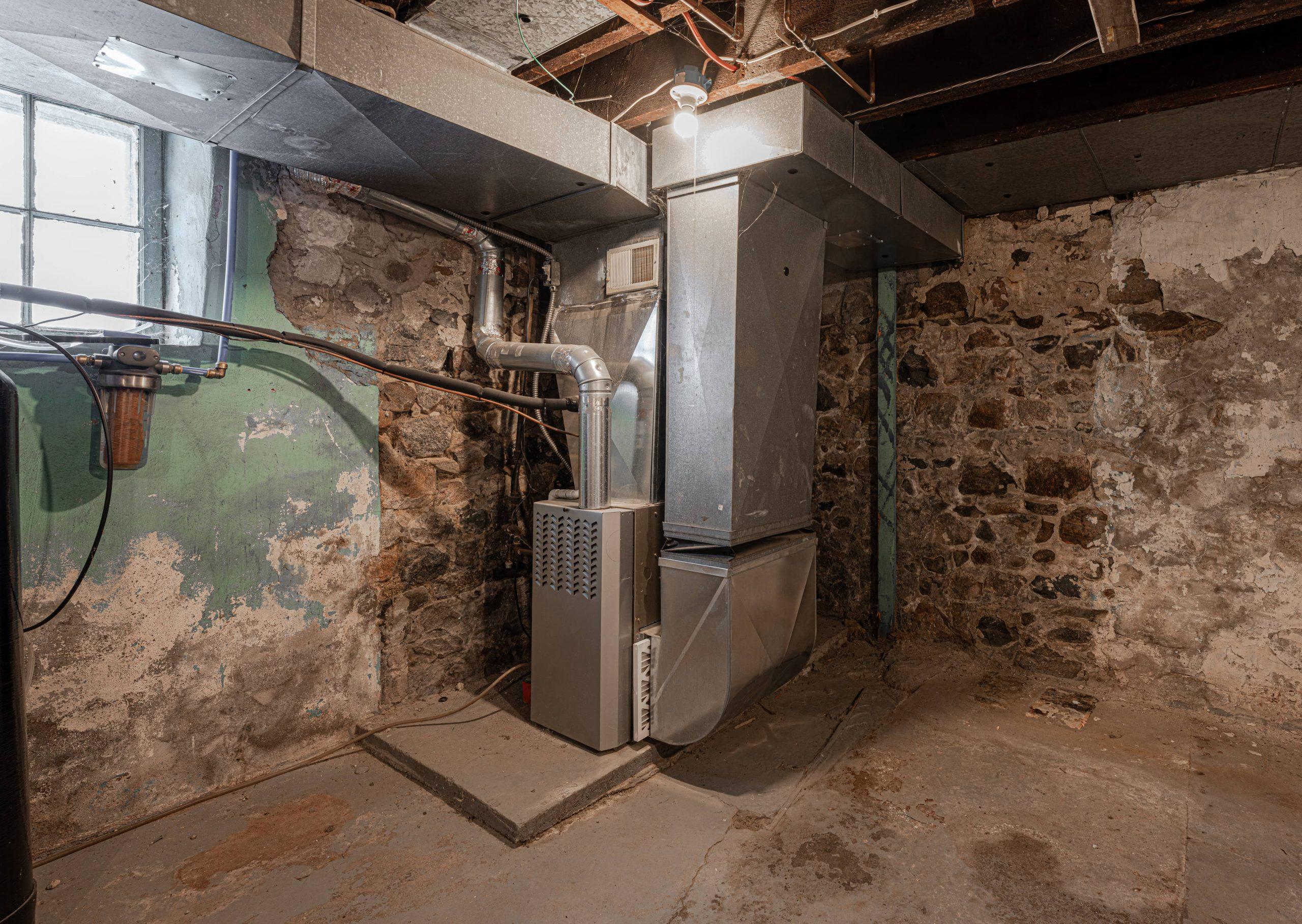Your furnace is a necessary component of your house and one of the most expensive pieces of equipment to replace. As a result, homeowners may be concerned about their furnace’s longevity. Pay attention to your furnace if it is having difficulties maintaining a steady temperature.
Before contacting http://totalairservice.com/furnace-replacement/ for the furnace replacement, here’s a list to see if your furnace needs to be replaced.
Your furnace is between the ages of 15 to 30 years
What is the average lifespan of a conventional furnace? In a typical home, a furnace should last 15 to 30 years. The simplest way to extend the life of your furnace is to have it serviced and repaired by a professional once a year. However, it is recommended that you start looking for a heating system replacement 15 years after the initial installation. Because electric furnaces have a longer average lifespan of 20 to 30 years, many homeowners opt to install a new electric furnace rather than repair it in an aging gas furnace.
A gas furnace, on the other hand, has a 15 to 20-year lifespan. New gas furnaces have a shorter lifespan than new electric furnaces, but they are less expensive to operate. Furthermore, gas furnaces may heat your house more quickly than electric furnaces. The furnace replacement you choose is determined by your budget and the demands of your home.
Your energy costs are steadily increasing
Overdue bills are caused by a variety of factors other than rising energy costs. A furnace’s efficiency deteriorates with age, especially if it has not been properly maintained. As a result, your oil or natural gas furnace may need to work to provide the same amount of heat and your energy expenses will increase.
You may invest all of your monthly energy utility bills in a new, far more energy-efficient, and energy-saving furnace. Comparing your current heating expenditures to those from past years is a smart place to start. Your furnace should be changed if the difference is significant.
Strange noises emanate from your furnace
Old furnaces commonly begin to make strange noises as they approach the end of their useful life. Have you heard pounding, crackling, rattling, or screaming from your furnace? Another cause of noise is the constant operation of the furnace’s blower.
Exposed ductwork, air leaks, an imbalanced motor, or aging parts are just a few of the things that can create these noises. Is your blower always on and off, or does it sometimes blast cool air? If this is the case, your furnace may need to be replaced.
You’re seeing soot buildup
If you own a house, you know how aggravating it is to find soot or dust in your kitchen, bathrooms, or bedrooms. Dry air may damage wood flooring, couches, chairs, and bookshelves when there is soot and dust in the house. If you see dead plants, it’s an indication that your home’s air is deficient in moisture.
Soot collection is common around furnace registers and grilles. A register is a type of duct cover that allows you to regulate the quantity of air that enters your house. It’s time to replace your furnace if you see dirt or soot accumulating around the registers.
The furnace emits foul odor
When a furnace is turned on for the first time in a year, it often smells like the fuel it burns. When the furnace is turned on, the bulk of the scents dissipate. If you notice a strong stench of gasoline near the furnace, whether it appears abruptly or persists over time, you may have a furnace problem. These scents might be caused by a gas leak or an excessive quantity of dust inside the device. Consult an HVAC expert to determine the source of the odor.
Your burner’s flame is yellow instead of blue
Carbon monoxide may be produced if the flame in your furnace is yellow instead of blue. The fuel, at the very least, isn’t burning as effectively or as cleanly as it should be. Incomplete combustion and the existence of potentially harmful gas or carbon monoxide leak are indicators of a furnace flame that isn’t blue. Carbon monoxide is a poisonous gas created when fuel is burned. Exposure has the potential to cause death.
Takeaway
Carbon monoxide, dust and dander, and other potentially hazardous substances ingested due to a malfunctioning furnace could pose a health risk. If your furnace is displaying any of the above symptoms, you should contact an HVAC contractor to explore your options for replacement. It’s critical to have a reliable heating system in the winter to keep your family warm and keep them safe.




